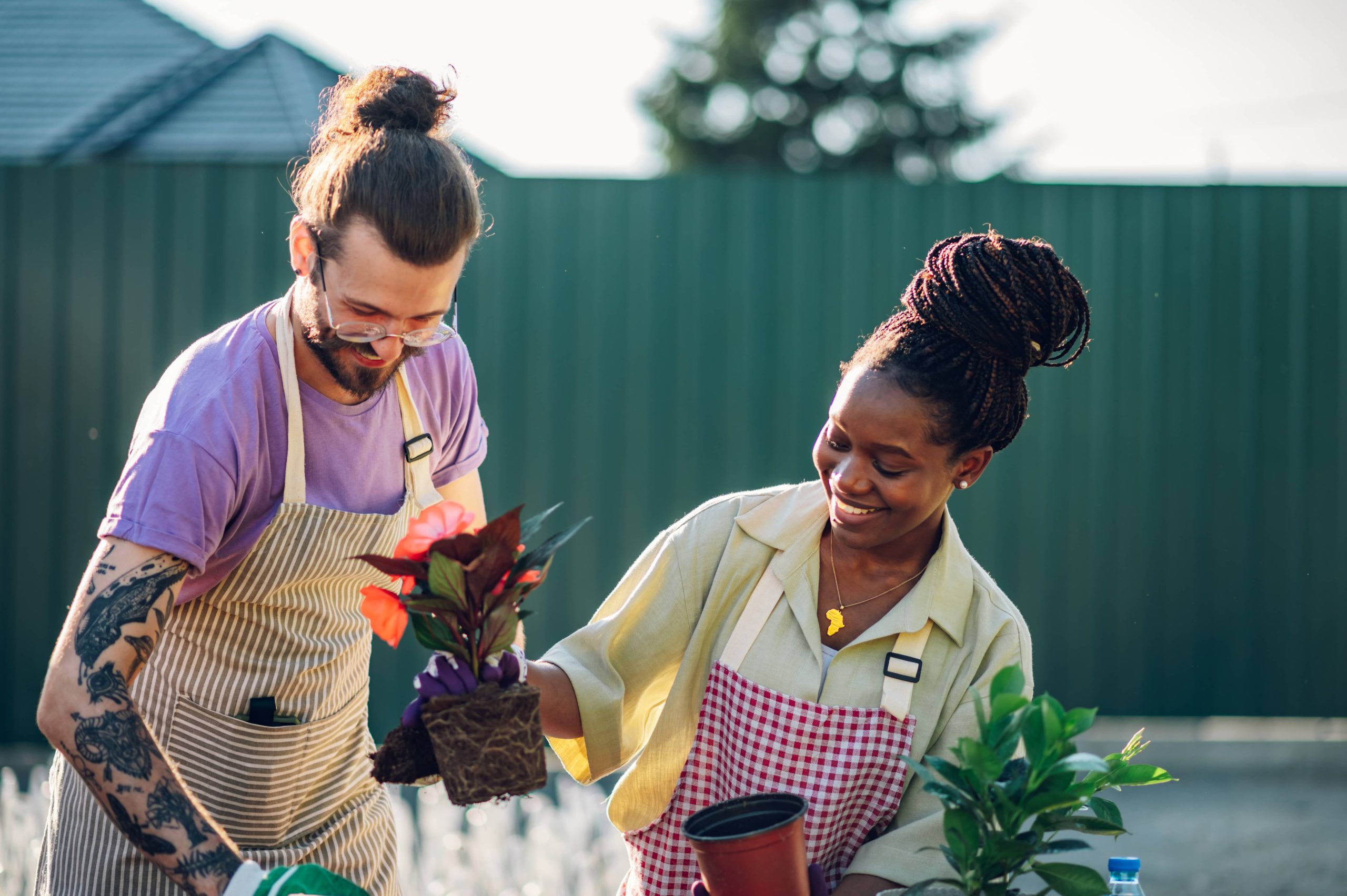
There’s something inherently charming about a garden that blends seamlessly with its natural surroundings. The rustic garden aesthetic captures this essence, providing an informal, aged, and timeless atmosphere. It’s a style that draws upon the natural world to create spaces that are both beautiful and functional, utilizing organic materials and a gentle nod to garden traditions of the past. In this blog post, we’ll dive into how you can create your own rustic garden using natural elements.
Understanding Rustic Garden Design
Before we get into the details, it’s essential to understand what a rustic garden embodies. Unlike other garden styles that may focus on precision, polish, or exotic plant choices, rustic gardens often aim to appear a little wild, with a harmonious blend of colors, textures, and natural elements. They’re inspired by countryside landscapes and traditional gardening methods, characterized by their simplicity and charm. The goal is to create a space that feels as if it’s been a part of the natural landscape for years.
Choosing the Right Plants
A rustic garden should feel natural, and the plants you select will play a significant role in achieving this. Opt for native plants that thrive in your area, as they will effortlessly adapt to your garden’s conditions and require less maintenance. Embrace wildflowers, self-seeding annuals, and perennials that offer a range of colors through the seasons. Consider plants like lavender, coneflower, daisies, and foxgloves for a classic rustic charm.
Incorporating edible plants can also add a rustic touch. Vegetables and herbs can be grown in raised wooden beds or interspersed with flowers and shrubs. Consider heirloom varieties for their historic appeal and flavor.
Using Natural Materials
Natural materials are at the heart of rustic garden design, adding character and authenticity. Here are some materials you might consider:
1. Wood: Use reclaimed wood for fencing, pathways, or garden furniture. The weathered look of old wood blends perfectly with a rustic theme.
2. Stone: Implement stones in pathways, borders, or as planting bed edging. Uneven, irregular stone placements can add to the charm.
3. Metal: Hand-forged iron tools and garden features or oxidized metal sculptures provide an aged, classic feel.
4. Clay: Incorporate clay pots of various sizes to house plants or create visual interest.
Creating Pathways and Borders
Paths and borders in a rustic garden should feel as natural as possible. Avoid using geometric shapes or straight lines; instead, let your pathways meander. Gravel, mulch, or stepping stones are excellent materials that complement the rustic style.
For garden borders, consider using logs, rocks, or hedges. A low stone wall or a simple row of densely planted shrubs can delineate areas without feeling forced. Allow plants to overhang slightly to blur the boundaries and create a more natural look.
Incorporating Rustic Features
Incorporating rustic features can tie your garden together and offer focal points that draw the eye. Think about adding:
– Old Farm Tools: Tools like rakes, shovels, or plows can be repurposed as decorative elements or even trellises.
– Water Features: A simple stone fountain or a small pond edged with rocks can bring tranquility and encourage wildlife.
– Seating Areas: Create cozy nooks with wooden benches or simple Adirondack chairs. Surround them with fragrant plants for added relaxation.
– Garden Structures: Arbors, pergolas, and trellises made from natural materials like wood or woven willow provide vertical interest and a place for climbing plants.
– Wildlife Houses: Birdhouses, bat boxes, and insect hotels not only support local wildlife but also add personality and a sense of stewardship.
Focusing on Sustainability
A rustic garden is not just about aesthetics but also about embracing sustainability. By using local, reclaimed materials, and native plants, you’re already taking steps toward a more eco-friendly garden. Consider implementing composting to recycle garden and kitchen waste, using rain barrels to collect water for irrigation, and choosing organic fertilizers and pest control methods.
Letting Nature Take Its Course
One of the joys of maintaining a rustic garden is its allowance for imperfection. Unlike formal gardens that demand meticulous upkeep, a rustic garden thrives with minimal intervention. Embrace the changing seasons, and allow your garden to evolve naturally. Over time, self-seeding plants will find their place, and natural weathering will enhance the beauty of your chosen materials.
Capturing the Essence of Timelessness
The art of creating a rustic garden is in capturing a sense of timelessness. A well-designed rustic garden feels as though it belongs, as though it has always been there. Emphasize curves, natural patterns, and the inherent beauty of the materials you use. Allow your garden to tell a story, and let each element contribute to a cohesive, tranquil escape.
Conclusion
Creating a rustic garden with natural elements is about more than just designing a space; it’s about fostering a connection with nature, embracing imperfection, and cherishing the simple beauty of the world around us. With thoughtful plant choices, natural materials, and sustainable practices, you can craft a rustic garden that reflects your love for the earth and provides a serene retreat for years to come. Whether you’re a seasoned gardener or just starting, this approach offers a fulfilling and rewarding experience. Happy gardening!







